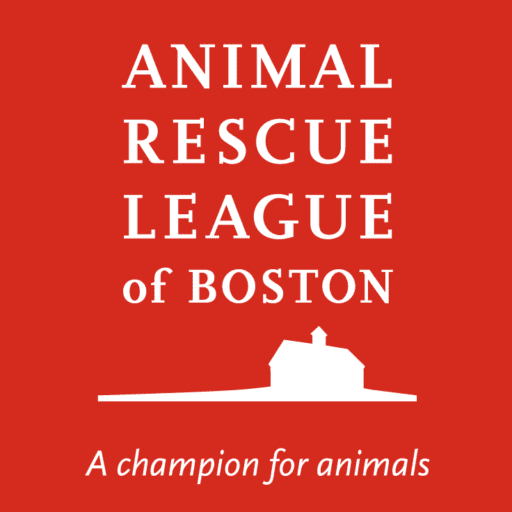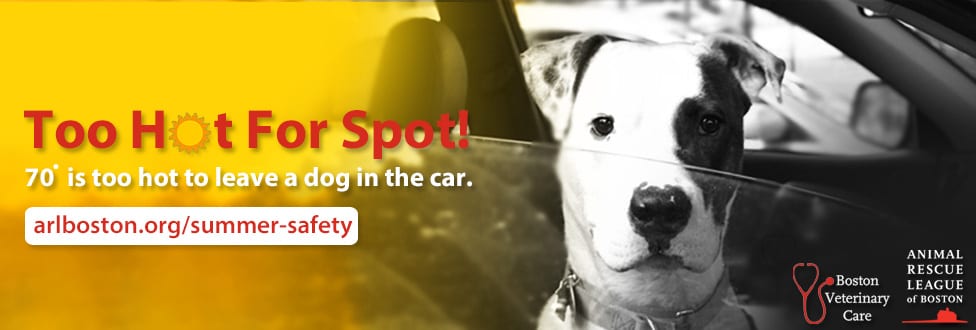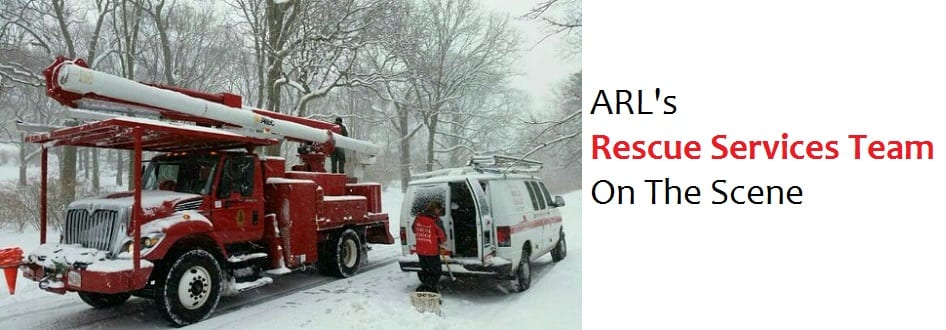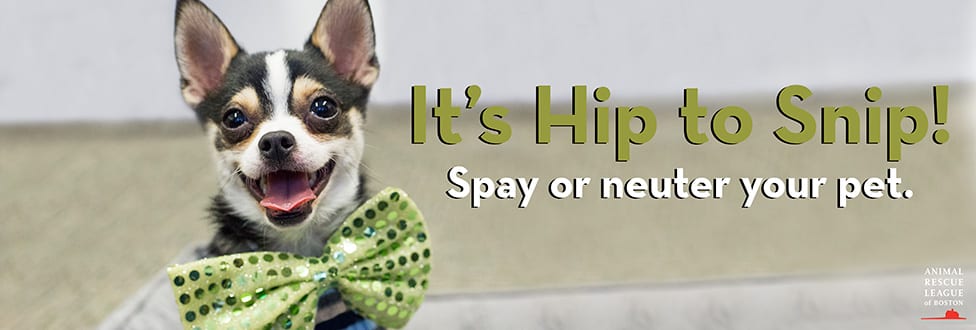Successful Day for Animals at the State House!
ARL’s Nadine Pellegrini collaborates alongside local & national animal welfare organizations to lobby important bills
On Tuesday, June 28 the Senate passed three important bills strengthening protection for animals and promoting animal welfare.
THESE BILLS INCLUDED…
(S. 2369) – An Act to Prevent Animal Suffering and Death
This bill will give law enforcement/first responders and citizens the ability to intervene early on when an animal is at risk of injury and/or death.
Amends Anti-Tethering Statute
- Under the law as it currently stands, a person can tether their dog for up to 24 consecutive hours. 24 hours is far too long for a dog to be chained up. The law is essentially unenforceable.
- The new law prohibits confining/tethering an animal for longer than 5 hours in a 24 hour period and prohibits tethering outside from 10:00 p.m. to 6:00 a.m.
- The new law prohibits tethering outside if there is a weather advisory or if there is extreme heat, cold, wind, rain, snow or hail which causes a risk to health or safety of the dog based on the dog’s breed, age or physical condition. Under those conditions, the dog cannot be tethered for more than 15 minutes and during that 15 minutes, the owner must be with the dog.
- The new law gives law enforcement personnel from the Animal Rescue League of Boston (ARL) and MSPCA the ability to write citations (with increased fines) for violations of any provision of the anti-tethering statute.
 Creates a new law to address pets in vehicles – This will be familiar to all who are aware of ARL’s “Too Hot for Spot” campaign. The bill creates a new law which not only punishes violators who leave their pets in vehicles during extreme hot or cold weather but it gives first responders, such as police, fire, and rescue, a clear directive that they can intervene and rescue an animal from a dangerous situation. The bill covers new ground by also allowing non-law enforcement people, under specific conditions, to rescue an animal from a vehicle.
Creates a new law to address pets in vehicles – This will be familiar to all who are aware of ARL’s “Too Hot for Spot” campaign. The bill creates a new law which not only punishes violators who leave their pets in vehicles during extreme hot or cold weather but it gives first responders, such as police, fire, and rescue, a clear directive that they can intervene and rescue an animal from a dangerous situation. The bill covers new ground by also allowing non-law enforcement people, under specific conditions, to rescue an animal from a vehicle.
 (S. 2370) – “An Act Relative to Protecting Puppies and Kittens”
(S. 2370) – “An Act Relative to Protecting Puppies and Kittens”
This bill seeks to prevent the sale of dogs or cats less than eight weeks of age; updates the “Puppy Lemon Law” to give pet owners more options if they unknowingly purchase a sick pet; regulates certain breeders; and prevents pet shops from obtaining puppies and kittens from USDA breeders with multiple violations of the Animal Welfare Act.
 (S. 2375) – An Act protecting abandoned animals in vacant properties
(S. 2375) – An Act protecting abandoned animals in vacant properties
This bill directs landlords, property managers, and owners — when they know or reasonably should know that property has been vacated, abandoned or foreclosed — to inspect properties within 3 days to check for the presence of abandoned animals. The bill also provides for monetary penalties if the properties are not checked.
THE NEXT STEP…
Now that these important bills have passed the Senate, the next step is to get these bills passed in the House of Representatives. We need your help…Please contact your state reps to express your support for these truly important bills. A list of members of the House of Representatives and their contact info can be viewed at https://malegislature.gov/People/House.
SPECIAL THANKS…to MA senators for choosing to protect our state’s animals!




















